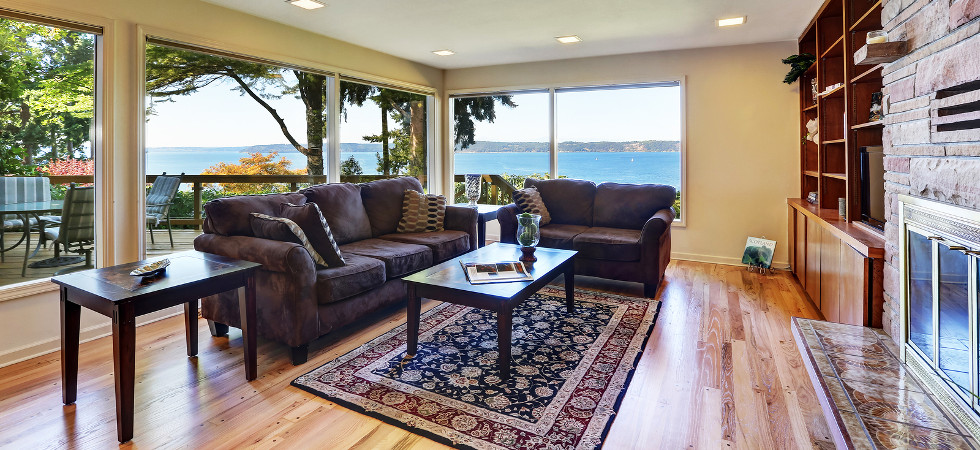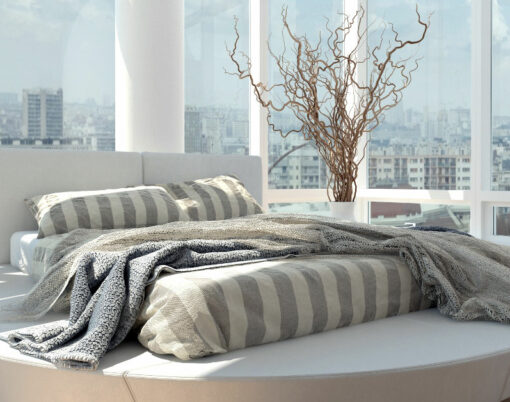Persian rugs are somewhat of a contradiction – the epitome of a work of art whilst also being one of the most coveted investments one can own.
Many people believe authentic woven Persian rugs are slowly becoming a lost art, and it is true that the highest quality carpets tend to be passed down in families for many generations. The best of the best are made by hand, combining silk, wool, and cotton to weave the intricate and storytelling designs, with the silk being sourced directly from the cocoons of silkworms.
Whilst not impossible to find your own bona fide Persian carpet to add a touch of Eastern culture and colour to your home, it is important to take a few things into consideration when sourcing a rug, to ensure its authenticity. Trustworthy sellers and dealers can be found in most major European capitals, especially where there is a thriving Iranian community. One of the most popular places to find a carpet is the UK, with plenty of beautiful Persian rugs in London to be found. Here are five tips to finding a real Persian carpet for your home, no matter where in the world you are located.
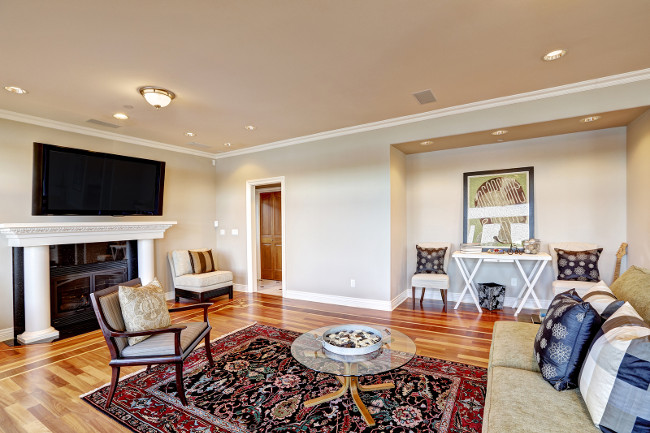
Silk or wool
Silk, as a natural fibre, is incredibly fine yet very strong. There is no contest in durability between silk and wool (which is much thicker), but due to the intricate detail an artisan can create with silk, as well as the extra expense in buying a silk carpet, it is recommended that silk rugs are placed in rooms with low traffic or instead, draped on the walls for decor. Not only should you consider the initial expense of purchasing a silk rug, but also the long-term investment costs. For example, a 100% silk rug should never be cleaned at home, and instead should be taken to a professional Persian carpet specialist and handled as per their instruction.
Local and experienced
The more direct the chain of purchase, the more likely your rug truly is as authentic as you are being told by the dealer. Try to find a rug importer in your area, preferably someone who deals directly with the weavers who make the carpets, as they tend to be more aware of the origin of their products. If the seller comes through a recommendation from someone you trust, even better. If you can’t find someone local, do lean towards someone who has been in the business for a reputable amount of time.
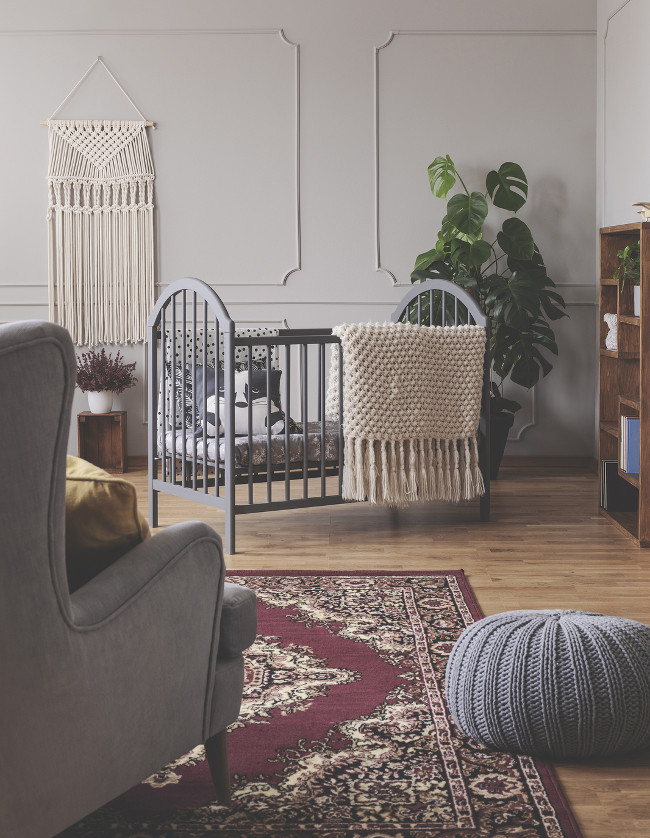
Personal taste
Your own taste, or the look you are trying to create in your home, is key when purchasing a persian rug. It is advisable to go to the store or seller with a basic idea of what you are looking for, and the level of intricacy you would like. Generally, the more sophisticated the knot, the more expensive the rug will be. If you are unsure of the style you would like, a good carpet connoisseur should be able to help you identify exactly what would fit you and your space.
Size matters
If you are trying to make a statement with a hand-woven rug, oversized might be the answer for a big room. However, don’t overlook the smaller rugs which can be the perfect fit for a narrow hallway or landing, or for the floor by your bedside. Large Persian rugs naturally take longer to make, but are sometimes available to purchase from rug dealers. If the size you are looking for can’t be found in store, some boutiques will offer a sourcing service to procure oversized handmade rugs. You should expect this to come with a time delay of around 2-4 weeks, as well as a healthy deposit of 15-25% of the carpet’s value.
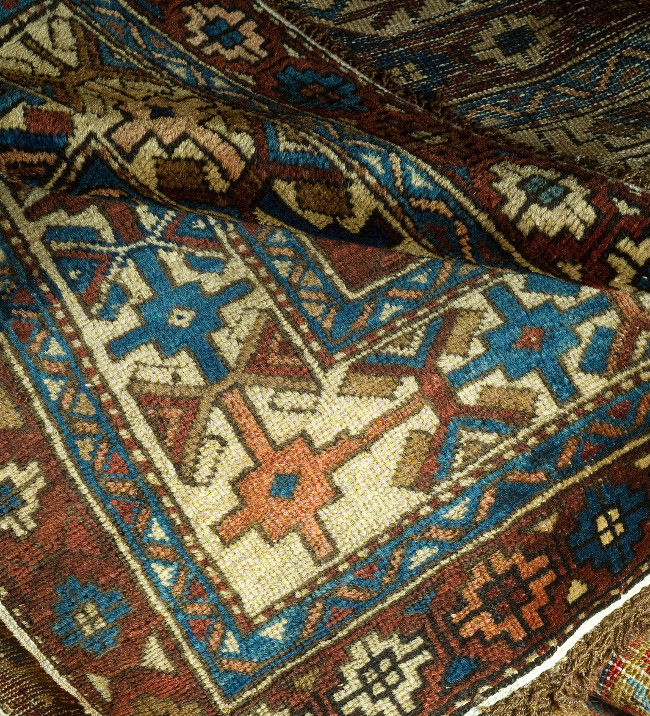
Try before you buy
Once you reach the point in your search where you have narrowed it down to a couple of choices, do not make any decisions in the boutique itself. Communicate to your rug dealer that those two or three are the rugs you would like to be brought to your house, and set up a date for him or her to bring the carpets to you.
Even if you manage to shortlist only one rug, don’t make your final decision until you see that one carpet in your house, exactly where you would want to place it. Many elements can alter the appearance of a fine-quality Persian rug once it is actually in your home, including an abundance or lack of natural light, tones and colours of surrounding furniture, and the brightness of artificial lighting.












